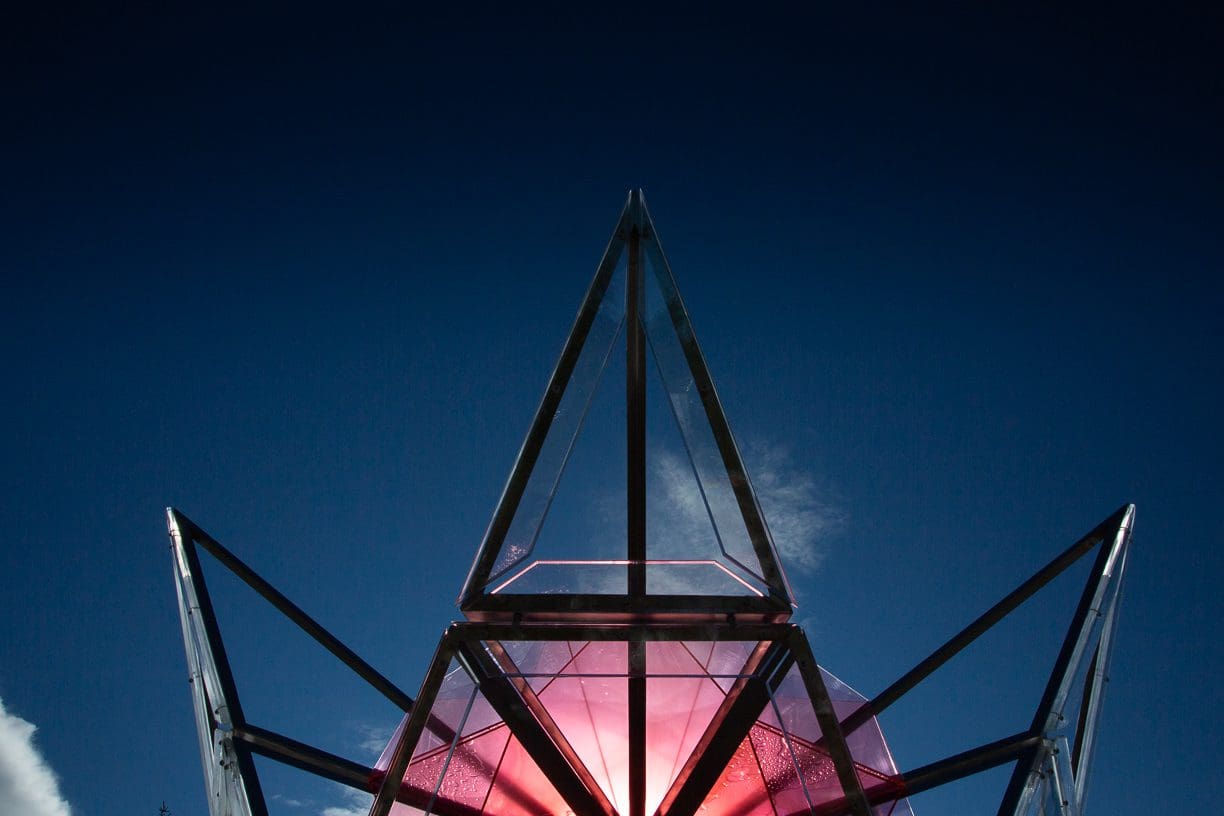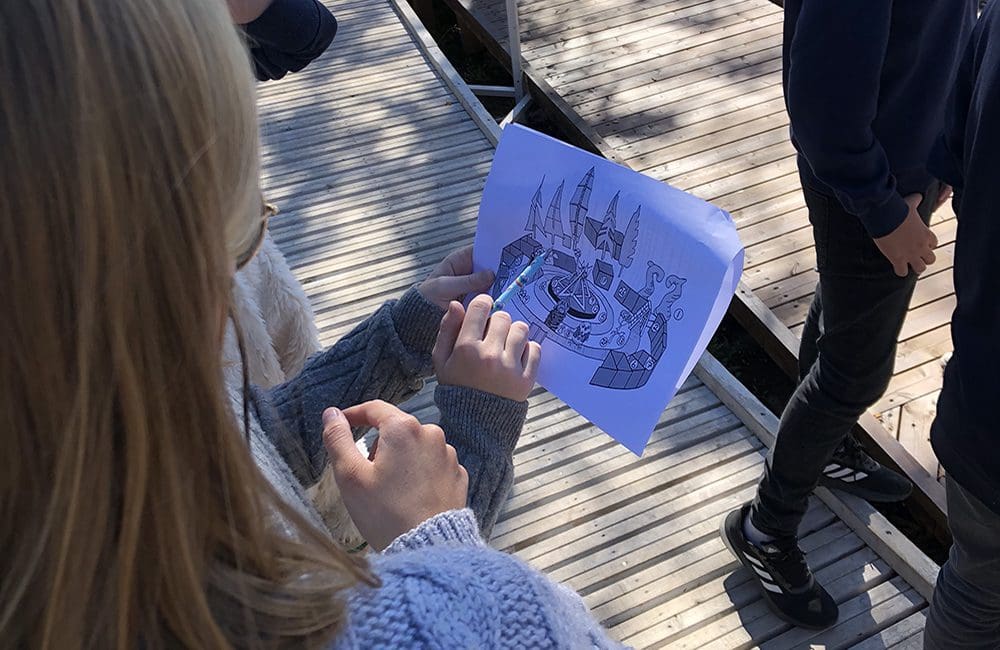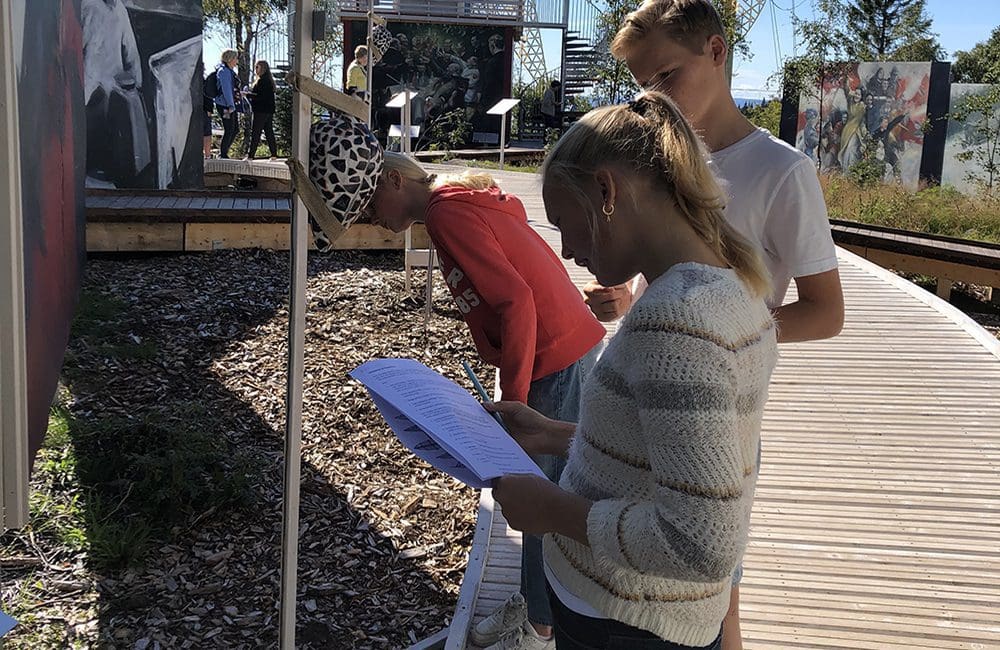I 2020 var det 80 år siden Norge ble angrepet i 1940, og 75 år siden frigjøringen i 1945. Roseslottet er en kunstinstallasjon og et pedagogisk prosjekt som har til formål å fortelle historien om okkupasjonen av Norge og om de grunnleggende prinsippene for demokrati, rettsstat og humanisme som da ble satt ut av kraft.
Vi ønsker å fortelle historien om krigen uten å demonisere eller glorifisere, sentralt i fortellingen står individet og dets valg.
Vi berører både kjente og mindre kjente sider ved okkupasjonen: krigsfangenes lidelser, de ukjente enkelt-individene, hverdagslivet, krigsseilernes drama, motstandskampene i sør og nord.
Forfølgelsen av de norske jødene får stor oppmerksomhet i billedserien og antisemittismen, før og under krigen, skildres.
Det kunstneriske språket ønsker å engasjere, utfordre og konfrontere. Kort sagt, vekke til live. Vi ser ikke på verden med et akademisk/analytisk blikk.




